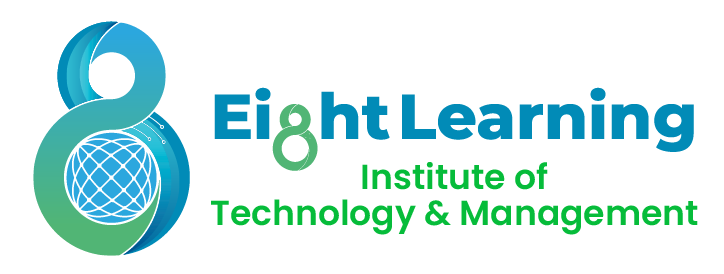In an era where digital learning has become a cornerstone of education and professional development, choosing the right online learning platform is crucial. The vast array of options can be overwhelming, each offering unique features, content, and delivery methods. Whether you’re a student, professional, or lifelong learner, selecting the right platform can make a significant difference in achieving your learning goals. Here’s a guide to navigating the digital learning landscape and choosing the platform that best suits your needs.
Understanding Your Learning Goals
Before diving into the specifics of various platforms, it’s essential to understand your learning objectives. Are you looking to gain new skills for career advancement, earn a certification, pursue a hobby, or provide education to students? Your goals will help narrow down the options and focus on platforms that align with your needs.
Types of Digital Learning Platforms
- Massive Open Online Courses (MOOCs):
- Specialized Skill Platforms:
- Corporate Training Platforms:
- K-12 Education Platforms:
- Higher Education Platforms:
- Niche Learning Platforms:
Key Factors to Consider
- Content Quality and Relevance: Evaluate the quality of the courses and whether the content aligns with your learning goals. Look for reviews, course previews, and the qualifications of the instructors.
- Accreditation and Certification: If you need formal recognition for your learning, ensure the platform offers accredited courses or certifications that are recognized by employers or educational institutions.
- Learning Format and Flexibility: Consider whether you prefer self-paced learning, live classes, or a hybrid approach. Flexibility is crucial if you have a busy schedule or other commitments.
- Community and Support: Platforms with robust community features, such as forums, peer reviews, and mentorship, can enhance your learning experience. Also, check for available support services for technical issues or learning assistance.
- Cost and Value: Analyze the cost of the platform and whether it offers value for money. Some platforms offer free courses with the option to pay for certificates, while others require a subscription or one-time payment.
- Technical Requirements: Ensure you have the necessary technology and internet bandwidth to access the platform’s content smoothly. Some platforms may have specific technical requirements or apps.
Making the Decision
Once you’ve considered these factors, it’s time to make a decision. Here’s a step-by-step approach:
- Research: Gather information on multiple platforms. Use comparison websites, read user reviews, and explore trial options if available.
- Test: Many platforms offer free trials or sample courses. Take advantage of these to get a feel for the learning experience and interface.
- Assess: Evaluate how well the platform meets your learning goals, fits your schedule, and whether you enjoy the user experience.
- Decide: Choose the platform that best aligns with your needs, offers the best value, and provides a supportive learning environment.
Navigating the digital learning landscape requires careful consideration of your goals, the types of platforms available, and key factors such as content quality, flexibility, and cost. By understanding your needs and thoroughly researching your options, you can choose a platform that will support your educational journey and help you achieve your learning objectives. In this dynamic era of digital education, the right platform can empower you to learn new skills, advance your career, or simply pursue your passions from anywhere in the world.
For any information about our learning formats, certification or accreditation, please visit our website www.8learning.org





